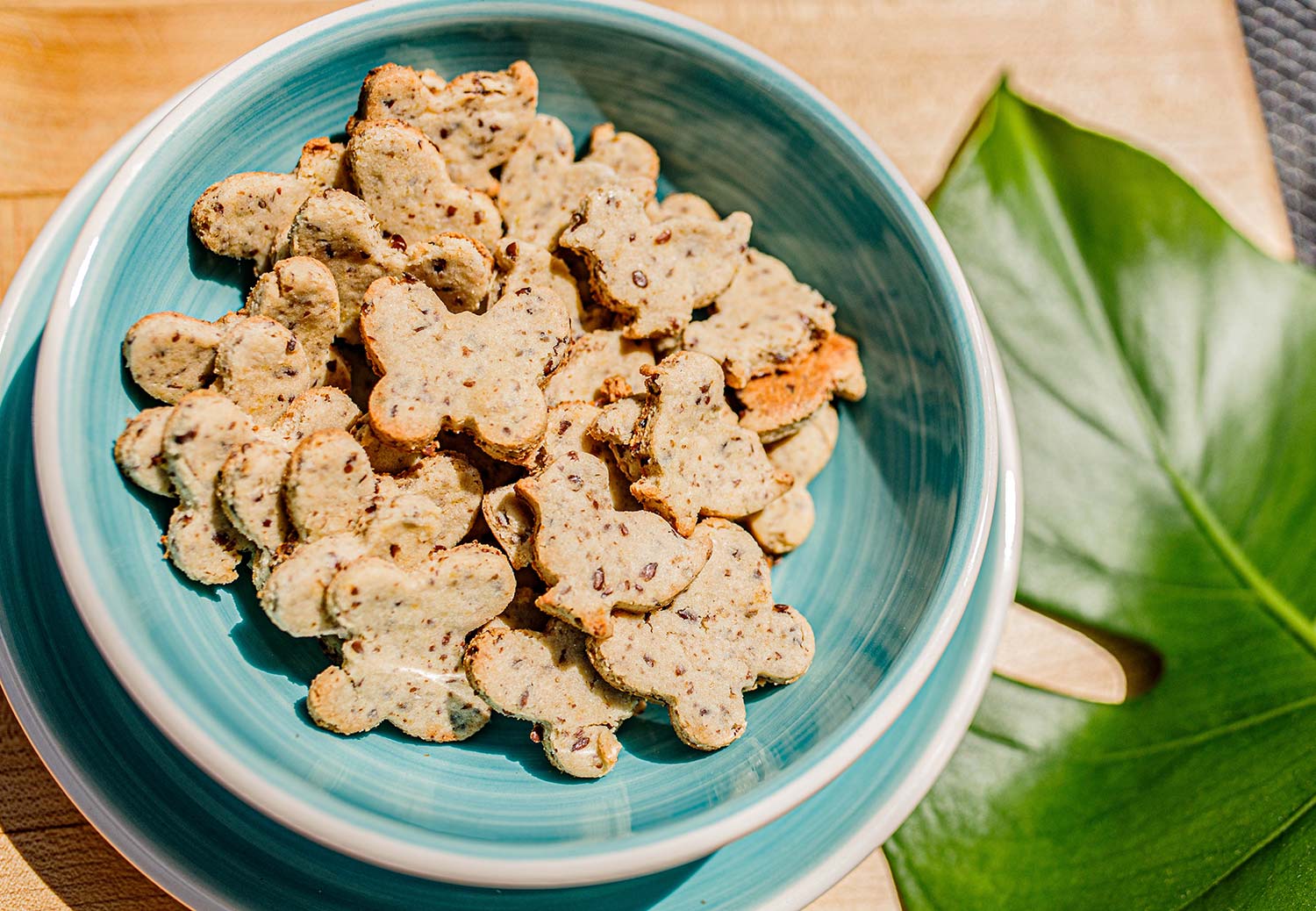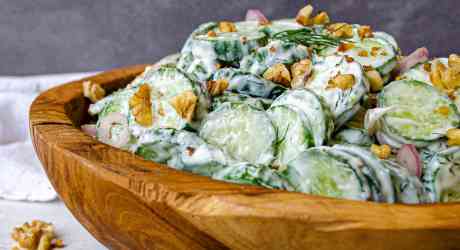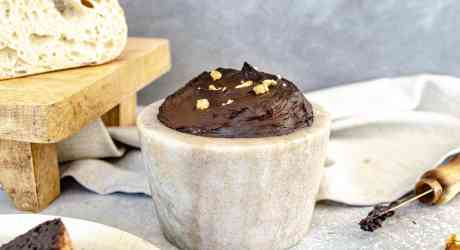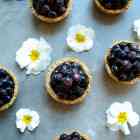Healthy Homemade Goldfish Crackers

Who doesn’t know - and love - Goldfish crackers?
But as for the quality of their ingredients, I am less likely to give my stamp of approval. Actually, they’re a hard no for many of the clients we see. Although the first ingredient is “Made with smiles,” which sounds lovely enough (and very cute), the top ingredients include enriched wheat flour, dairy, inflammatory oils (“canola, sunflower and/or soya”) and autolyzed yeast (aka. MSG; food products containing autolyzed yeast cannot use MSG-free claims, according to the FDA). These are all ingredients we work to significantly reduce or remove altogether from our clients’ diets when they come to us seeking to improve their or their children’s brain and mental health.
But our clients still want their Goldfish. And we get that.
So we infused them with a little NeuroTritional love. And voila, say hello to the new {neuro}Goldfish Crackers! Gluten free, grain free, dairy free, MSG-free, and high in good quality omega-3 and MCT fats (from almond flour, flax and coconut oil), protein (from almond flour, flax and nutritional yeast), and high fibre carbohydrates (in the flax). Now these are ingredients to build happy, healthy brains with. Our cheezy flavour comes from the nutritional yeast, which is also chock full of brain loving vitamins and minerals.
You can use a goldfish cookie cutter to mimic the original. But we chose to make butterfly shapes that represent the metamorphosis of the Goldfish into a cracker that helps spread the Brain Food Revolution.
These crackers are client pre-tested AND approved, so we hope you love them as much as our littlest brainiacs do!
- 2 cups almond flour
- 1 Tbsp ground flax seed mixed with 2 Tbsp water (let sit for 2-3 minutes)
- 1 tsp garlic powder
- 1 tsp onion powder
- 1 tsp sea salt
- 3 Tbsp nutritional yeast
- 3 Tbsp water
- 1 Tbsp ground flax
- 2 Tbsp organic coconut oil
- Place all ingredient in bowl of a food processor. Blend until well combined and dough comes together.
- Roll dough between sheet of parchment paper to ¼ inch thickness. Remove top piece of parchment. Cut into 1–2-inch squares.
- Bake at 350 degrees, checking regularly, for 10-15 minutes or until golden and crispy.
- Store in air-tight container on the counter*.
*These also freeze beautifully!

Garlic:
- Got memory issues? Garlic is shown to improve learning and memory, and boost our cell’s mitochondria function (the energy source inside our cells) which helps fight brain drain.
- Shown to reduce the damaging effects that electromagnetic frequencies from cellphones, laptops and microwaves have on our DNA and blood proteins.
Coconut oil:
- Ketones made from the breakdown of the fat in coconut might actually have temporary effects when treating Alzheimer’s Disease by enhancing memory.
- Ketones may improve our thinking ability so we can break through that mental fog and crash we experience throughout the work day.
Nutritional Yeast:
- Very high in B vitamins, including B12 for energy which is so hard to get through vegan sources.
- Also known as “nooch,” nutritional yeast is an excellent plant-based way to get your B vitmains.
- It tastes cheesy, kind of like like Doritos.
- References
-
- Henderson, S.T. (2008). Ketone bodies as a therapeutic for Alzheimer’s disease. Neurotherapeutics. 5(3), 470-480.
- Gürler, H. Ş., Bilgici, B., Akar, A. K., Tomak, L., & Bedir, A. (2014). Increased DNA oxidation (8-OHdG) and protein oxidation (AOPP) by low level electromagnetic field (2.45 GHz) in rat brain and protective effect of garlic. International Journal of Radiation Biology, 90, 892-896.
- Pintana, H., Sripetchwandee, J., Supakul, L., Apaijai, N., Chattipakorn, N., & Chattipakorn, S. (2014). Garlic extract attenuates brain mitochondrial dysfunction and cognitive deficit in obese-insulin resistant rats. Applied Physiology, Nutrition, and Metabolism, 39, 1373-1379.
- Kennedy, D. O. (2016). B Vitamins and the Brain: Mechanisms, Dose and Efficacy—A Review. Nutrients, 8(68), 1 - 29.










